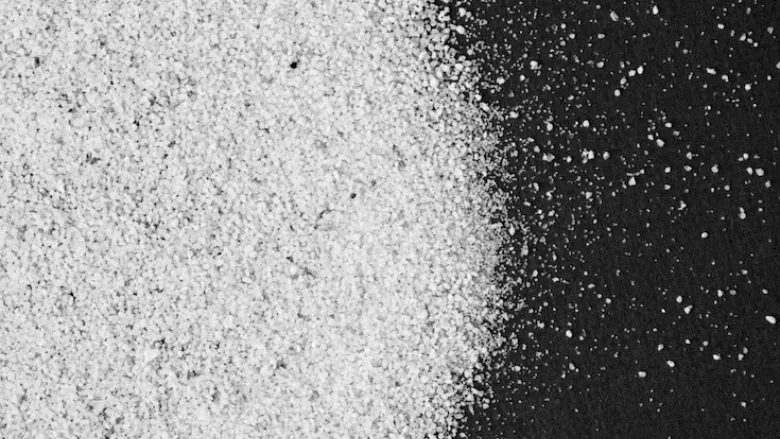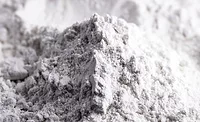EU Court Annuls Classification of Titanium Dioxide as a Carcinogen

Credit: Kier... In Sight (kierinsight) via Unsplash
The Court of Justice of the European Union has ruled to annul the European Commission’s 2019 classification of titanium dioxide, which is also known as E171 and is used to add white color to foods, as a carcinogen. The court questioned the reliability and acceptability of the study on which the Commission’s classification was based, and decided that the classification and labeling of titanium dioxide as carcinogenic is not valid as the substance is not intrinsically cancer-causing.
In 2016, French authorities submitted a proposal to the European Chemicals Agency (ECHA) to classify titanium dioxide as a carcinogenic substance. The following year, ECHA’s Committee for Risk Assessment (RAC) adopted an opinion classifying titanium dioxide as a category 2 carcinogen, especially when exposed to the substance by inhalation, in powder form containing 1 percent or more of particles of a diameter equal to or below 10 micrometers (μm). The EU also made the decision to ban titanium dioxide in food beginning mid-2022.
Subsequently, manufacturers, importers, downstream users, and suppliers of titanium dioxide brought actions before the court for the partial annulment of European Commission Regulation 2020/217, which classified titanium dioxide as a carcinogen. The court granted the annulment, finding that the requirement to base the classification of a carcinogenic substance on reliable and acceptable studies was not satisfied. Specifically, when verifying the degree of lung overload of titanium dioxide particles in order to assess carcinogenicity, RAC did not take into account all the relevant factors in order to calculate the lung overload.
Additionally, the court found that the Commission’s classification and labeling of titanium dioxide as carcinogenic was not compliant with Regulation 1272/2008, which states such classifications may only be based on the intrinsic properties of the substance which determine its intrinsic capacity to cause cancer. The RAC Opinion classified the carcinogenic hazard of titanium dioxide as “non-intrinsic in a classical sense,” as the carcinogenicity hazard is linked solely to breathable titanium dioxide particles, when they are present in a certain form, physical state, size, and quantity, only occurring in lung overload conditions, and corresponding to particle toxicity.
Looking for quick answers on food safety topics?
Try Ask FSM, our new smart AI search tool.
Ask FSM →









